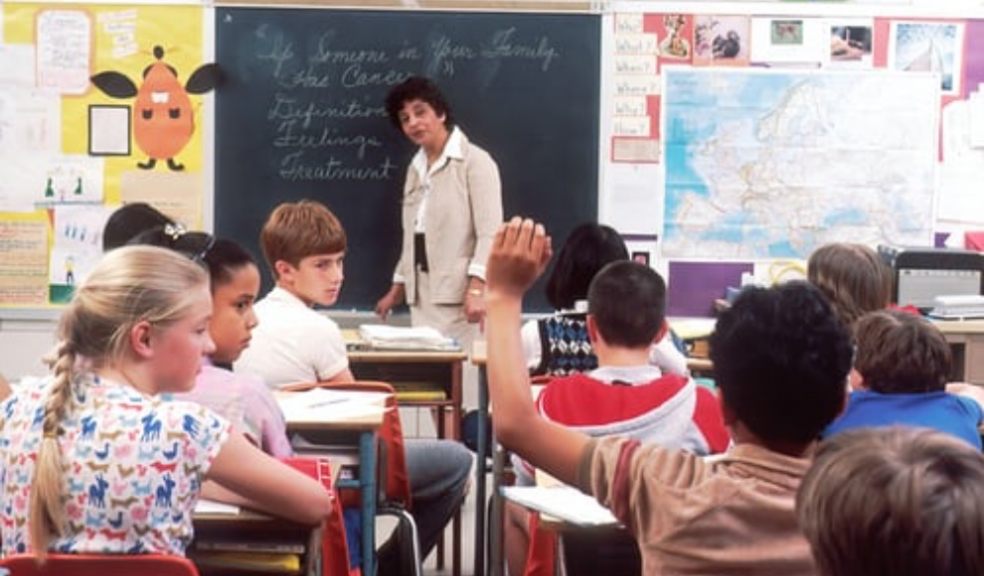
How to Plan the Perfect Field Trip
Planning a field trip for your students can be a very long and tiring process, but a trip like this can be a great opportunity for them to unwind and learn something that is not necessarily taught in a classroom. Hopefully, this guide can help show you how to plan the perfect field trip.
Destination
The first thing you need to do is to determine the destination and the reason why this is the perfect place for your students. For instance, if you are teaching history, it’s more relevant for your students to go to an ancient village where they can get an insight into how people once lived, and immerse themselves in a new culture, which will make the information stick a bit more. If you are teaching biology, an aquarium will give the students a look at marine life, and so on.
Receiving Approval
Each school has its rules and restrictions when it comes to field trips. Schools usually require field trips to either be strictly educational or entertaining or offer a balance between education and entertainment. Additionally, receiving approval from parents or guardians is important otherwise, the administration might not give their approval. The administration will provide you with the official papers for parents to sign. This step also helps the administration assess the number of students going on the field trip.
Transportation
Plan which mode of transportation to take and how many vehicles you are going to need according to the number of students. Make sure you fill all the necessary forms, so the staff can prepare the vehicles ahead of time. Also, some students will not be using the transportation provided by you and will instead get their own rides. In that case, the school most likely will require a form of approval to be filled by the student’s guardians.
Creating a Timeline for the Day
It might be tricky to control a large number of students all at once. That’s why it will be helpful if you create a timeline for the day, decide the learning outcomes you wish the students will get out of it, and plan accordingly. Also, scheduling will help you manage your time wisely. For example, instead of taking an hour to gather the students at the meeting point and get them to board the bus, scheduling will shorten the amount of time it takes by thirty minutes because the trip’s itinerary will be clear for you and the kids.
It will also help with gathering the students at the meeting point when it’s time to go back to school because most places rarely have areas where all students could gather around. Additionally, the directions will allow the students to know in advance which sites you want them to see, and minimize their chances of not being able to follow the group or getting lost.
Asking for Help
Some destinations are a bit further away from school, and it might take a whole day to go and come back from that trip, or on some trips, the students might have to spend the night. The experts of https://www.adaptabletravel.co.uk recommend partnering with a travel company that can help you plan the perfect field trip. They can provide assistance or suggest ideas when it comes to picking the place that suits your needs or arranging the mode of transportation.
That way, your part would only be to handle the process within the school. This means keeping track of the number of students coming and getting approval from both the parents/guardians and school administration. Hiring a professional will help if you did not have enough time to prepare for the trip in advance, or if the trip is taking place during a school break and not during the school year.
Food Plan
Field trips are usually tiring for both students and teachers/ chaperones, so make sure that the place you chose has a cafeteria or a restaurant nearby. Otherwise, if these options aren’t available, then ask the student to bring lunch with them on the trip. Another good option is to check if there is a drive-thru restaurant that you can stop by on your way back after the field trip. It’s recommended that you bring extra food or money with you because some students might forget to bring their lunch, or might not have enough money.

Planning field trips could feel like it’s a hard chore, but if you have your plan laid out in front of you, following it will be a piece of cake. So, to plan the perfect trip for your students, create a checklist, and mark each task as done as you go. That way, you can keep track of what you are done with and what’s left to do.

















